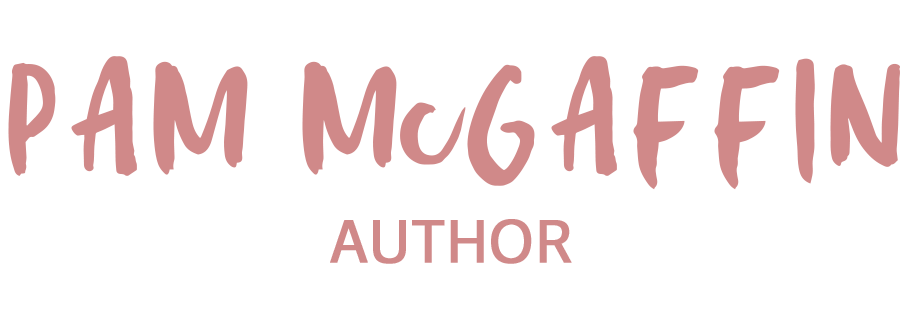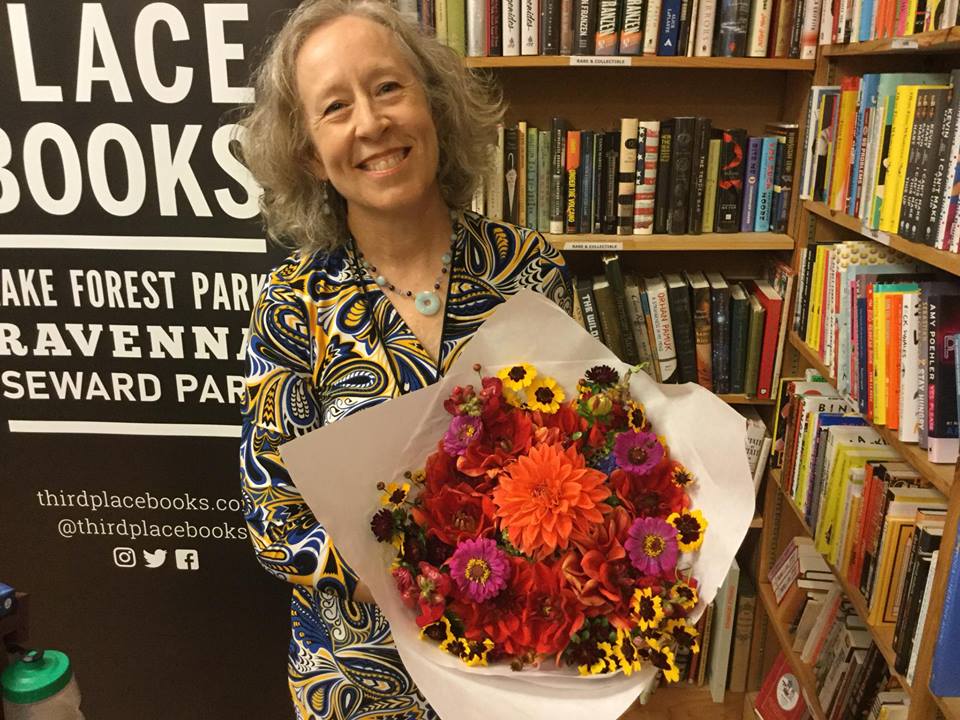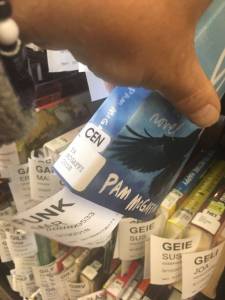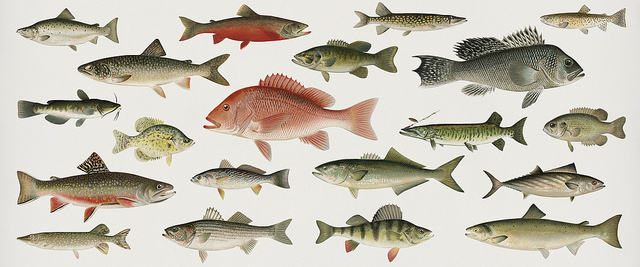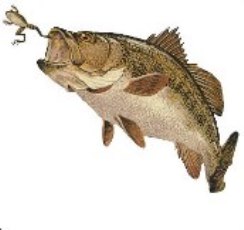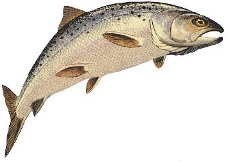Our emptying nest — stumbling through the separation dance
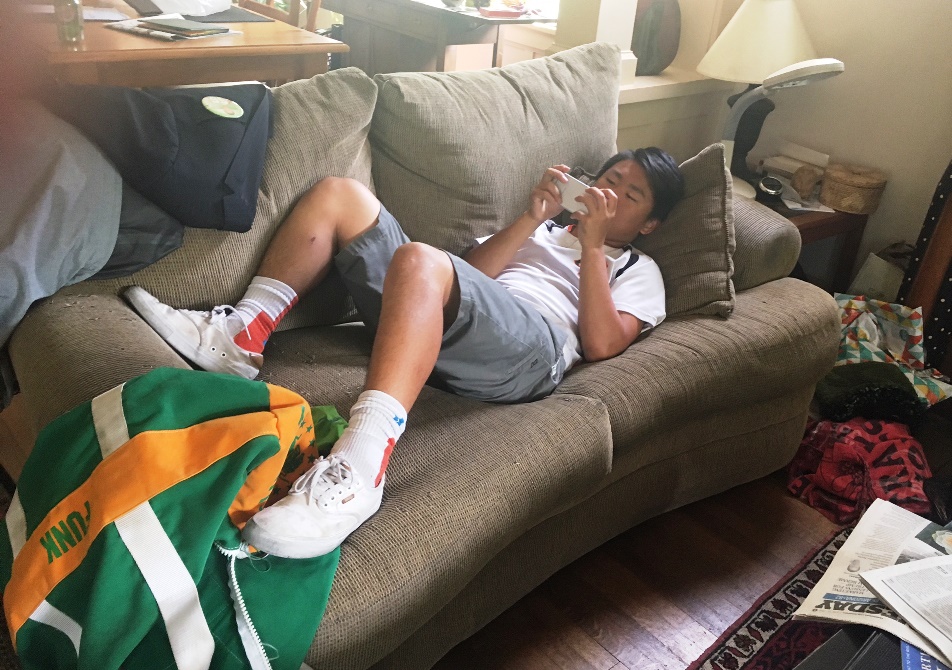
My son, Charlie, is about to graduate from high school and go on to college. I have high hopes for him because he’s good at so many things – sports, photography, making friends . . . spending money.
Seriously, he’s super talented. He has this amazing ability to shift personas depending on who he’s with.
With his classmates, he’s the funny, popular jock. With his girlfriend, Penelope, he’s Mr. Sweet and Charming. With us, his parents, he’s this . . . creature who sometimes inhabits a bedroom.

Have you seen that viral video about the Crazy Nastyass honey badger? “Honey badger don’t care,” says Christopher Gordon, the campy narrator, as this weasel-like animal chases a snake up a tree and plunders a “house of bees” to eat the larvae.
Sometimes Charlie reminds me of a honey badger. He’s not very big – about 5-feet-4– but he makes up for his small size by being strong, absolutely fearless and, at times, mean.
This served him well when he was a star running back for the Roosevelt Roughriders. But it’s not so pleasant around the house. When he’s in a good mood, he shows his affection by playfully tackling us or hugging us so hard it hurts. When he’s not in a good mood and I dare enter his room to tell him something, he might just bite my head off.
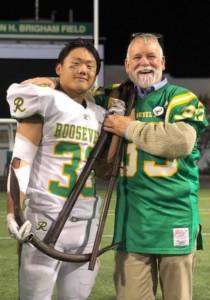
Look, I get it. He’s leaving the nest. But first, he must soil it. He’s doing us a favor really. Instead of crying buckets, my husband, Mark, and I will be, like, “Phew! Glad that’s over. Let’s go clean out the half-empty food containers, shall we?”
I hope you’re not getting the wrong impression. We love our boys to pieces. And we were so ready to welcome them into our lives 19 and 21 years ago.
Mark cried when Charlie’s older brother, Casey, was placed into his arms at SeaTac Airport. A whole village of people came to witness his arrival and his brother’s two years later – our relatives, our neighbors, our neighbors’ kids. It was wonderful.

And our boys could be wonderful . . . when they weren’t fighting. Look at this adorable photo of the two of them together. This photo is a lie. Nothing could have prepared me, an only child, for the intense sibling rivalry between our sons.
When they were little, it was kind of cute and innocent. One would call the other Poop Face. There might be some bites exchanged, but they weren’t hard enough to break skin.
As they got older, their fighting got more targeted and vicious. Casey wouldn’t let Charlie forget that he repeated first grade because of speech and language delays. “Held back!” he’d yell or, one of my favorites, “Opposite of brainiac!” That one must have taken some thought. It’s almost Shakespearean.
Meanwhile, Charlie was also going straight for the jugular, calling Casey “fat” over and over and over again. (Now that Casey has lost about 50 pounds, this insult no longer applies, but Charlie continues to use it anyway.)
To figure out ways to improve our sons’ relationship, Mark and I took them to family counseling. We also attended a series of parenting classes called, appropriately enough, “Sanity Circus.”
The instructor told us to ignore the fighting. She said they were competing for our attention, and if we didn’t give it to them, they would stop. Okay, we said, but this isn’t your garden-variety sibling rivalry. This is physical. Blood has been drawn. If we leave them alone together, they might just kill each other.
That was about seven years ago, and I’m happy to report that both boys are still alive.
Since Casey went off to Western Washington University three years ago, our household has become a lot calmer. But I can’t help but feel disappointed. You see, I naively thought these years alone with our youngest son would be charmed. I thought he’d bask in our full and undivided love and attention.
Guess what? He doesn’t want it! What he wants is to hang out with his friends and his girlfriend and for us to leave him alone.
Here’s a typical conversation. It’s late Sunday morning and Charlie stumbles into the kitchen looking for food.
“Hey,” I say.
“What!?” (with a voice of extreme annoyance)
That’s it. That’s the conversation.
Such a charmer, that boy. The thing is, he is a charmer . . . with other people. “Everybody LOVES Charlie!” Mark and I heard that so often from teachers and other parents that we gave his fan club a name: “The Cult of Charlie.”
Now anyone who knows anything about raising kids will tell you that the abuse they heap on their parents isn’t necessarily a fatal flaw. What matters, they say, is how your child treats those people who aren’t you.
Charlie dumps on us because he can. It’s all healthy and good and normal because the three of us are doing a dance as old as time. It’s called the separation dance, and it’s anything but smooth and graceful. In fact, it can get downright ugly.
But we survived it with Casey, and he seems to be turning out okay. The last time he came home from Bellingham, he made us dinner. Twice. One night, before turning in, I told him “I love you,” and he said, “I love you, too.”
So I really do have high hopes for Charlie. This nest-soiling phase will pass, and he will test his wings or go off to battle angry bees or something. Meanwhile, we’ll be crossing our fingers that he doesn’t get stung too badly.
Farewell our little honey badger. Don’t forget to floss.
I will leave you with that video. If you are the one person alive who hasn’t seen it yet, you’re in for a treat. It’s a hoot, but you might not want to play it at work. There are f-bombs. Crazy Nastyass Honey Badger

